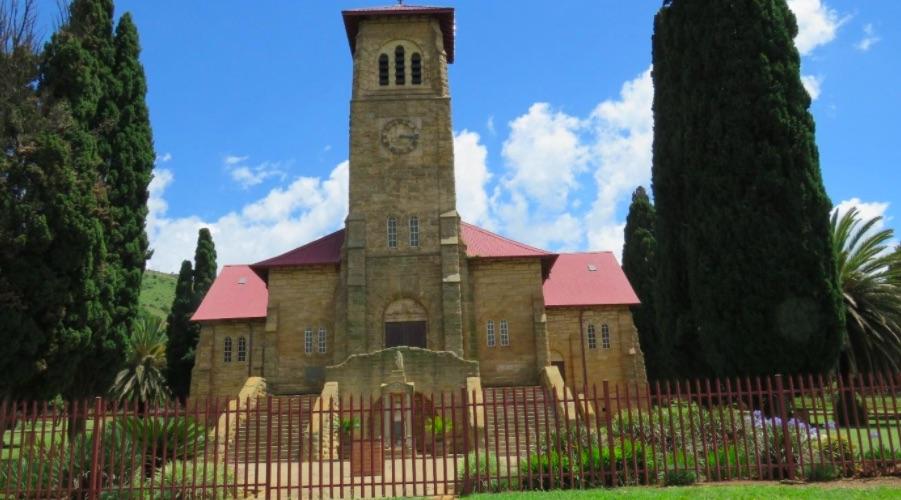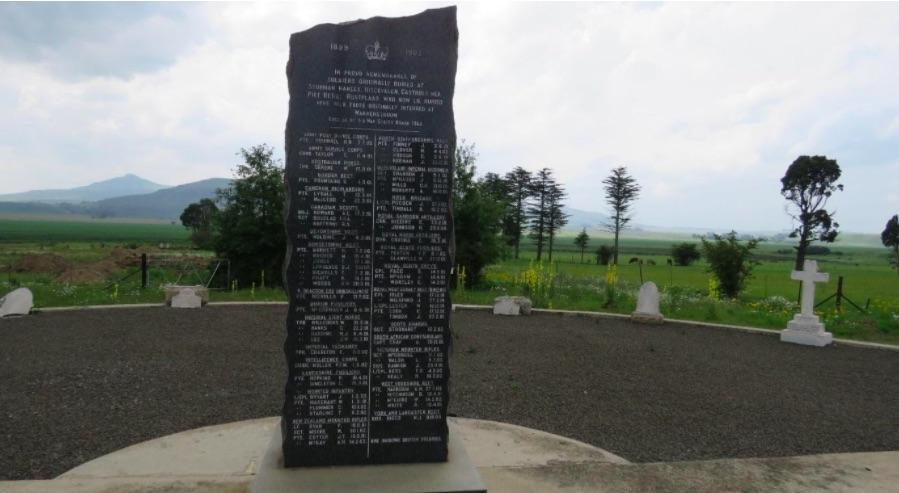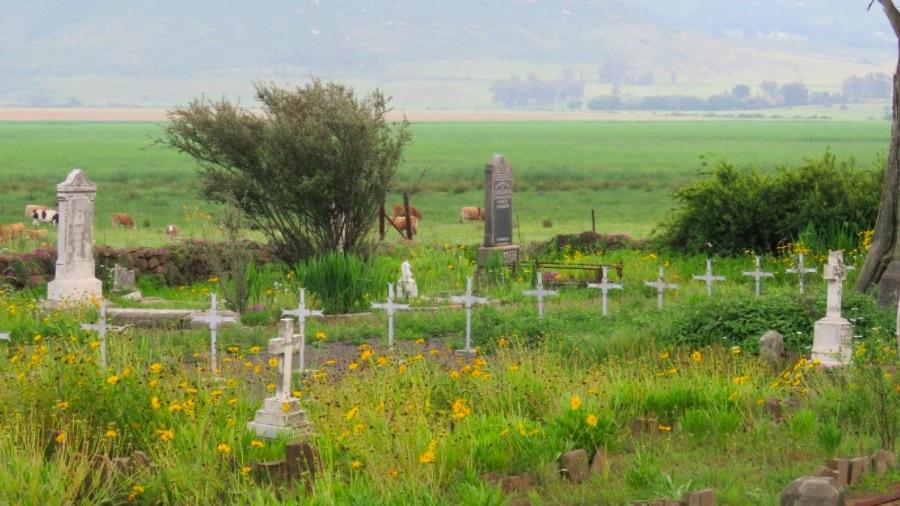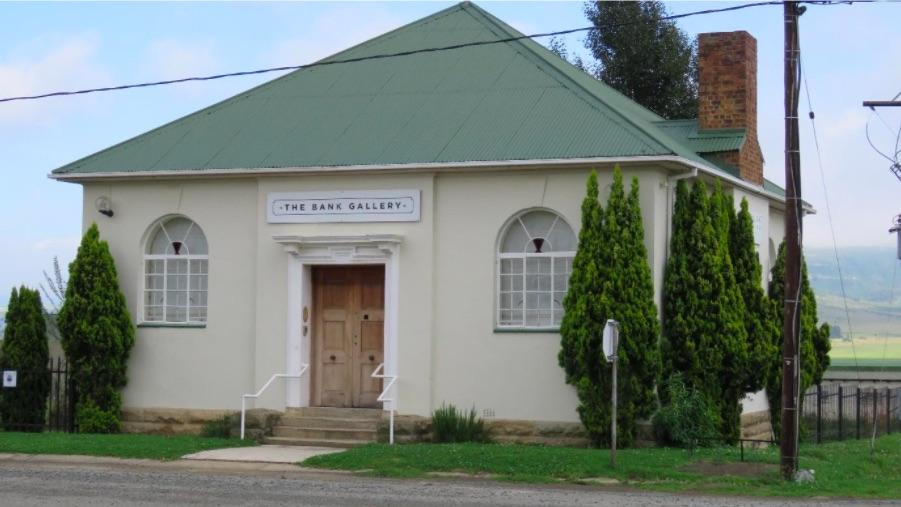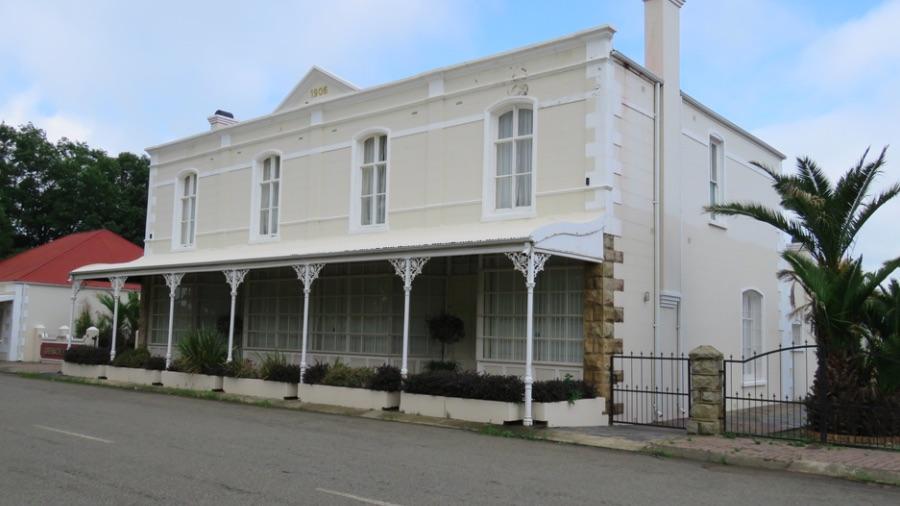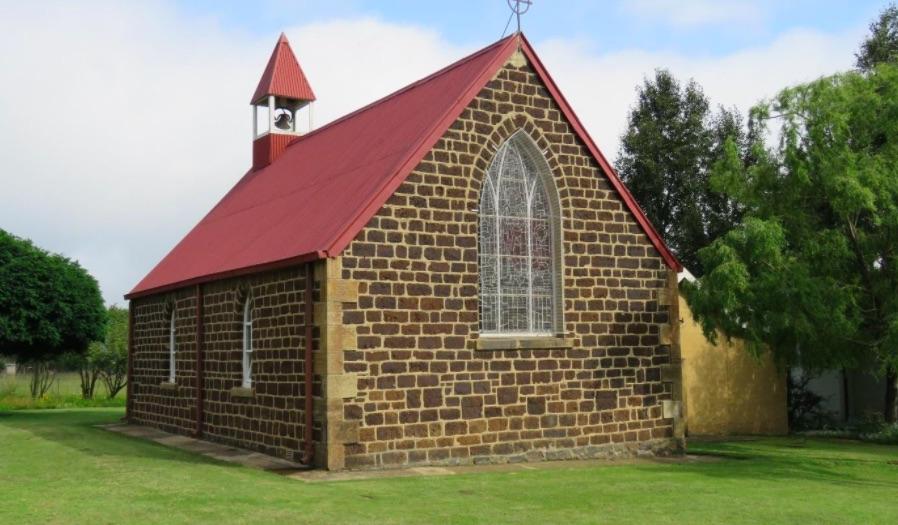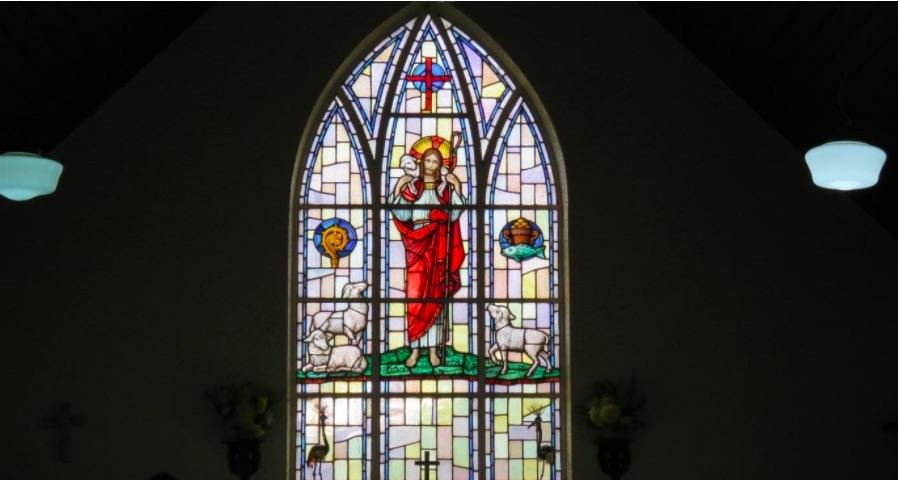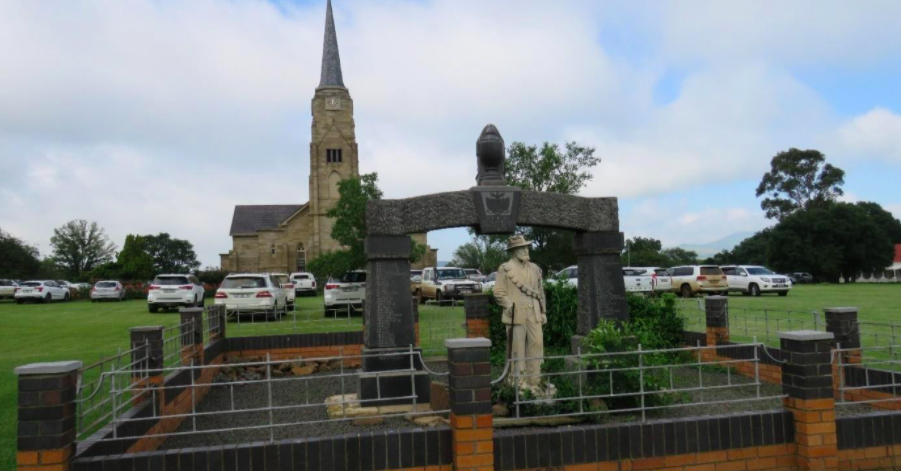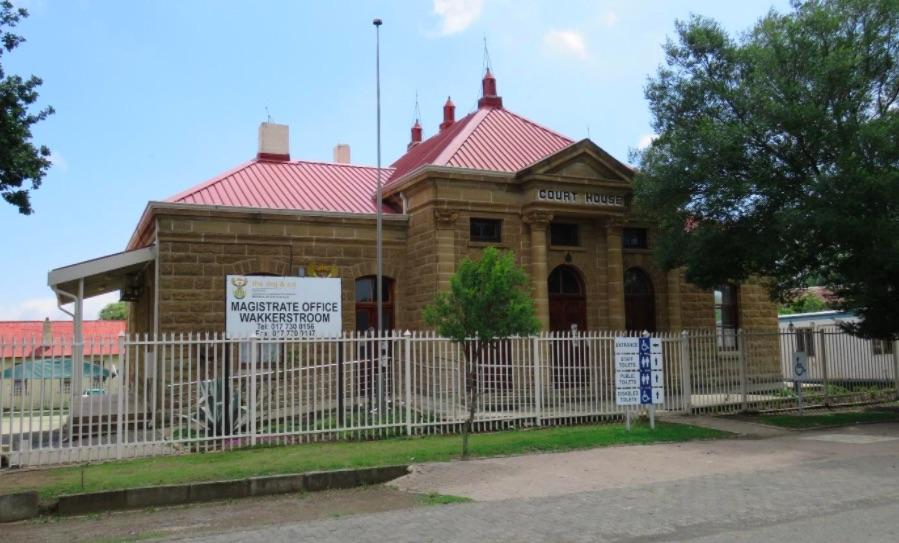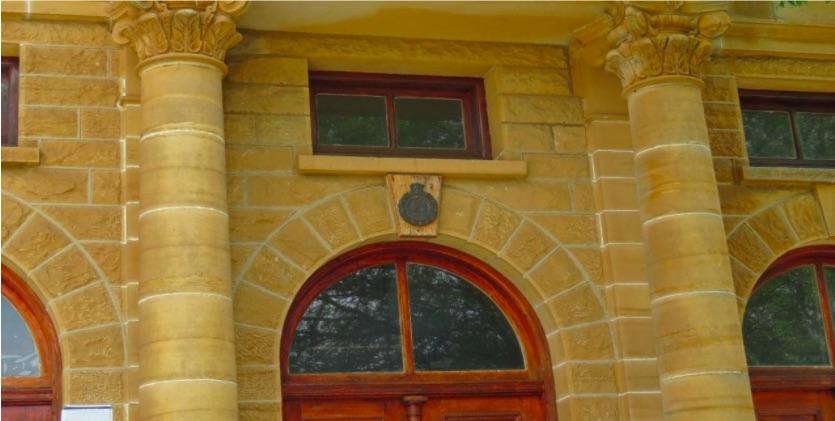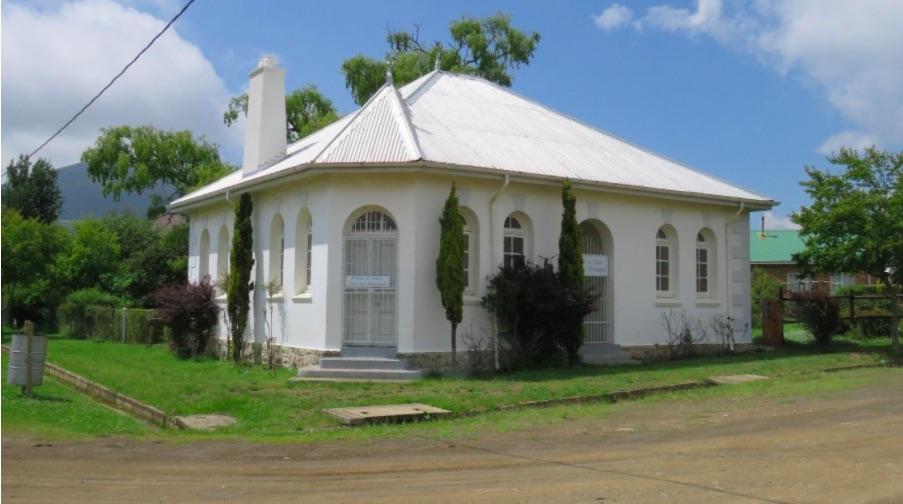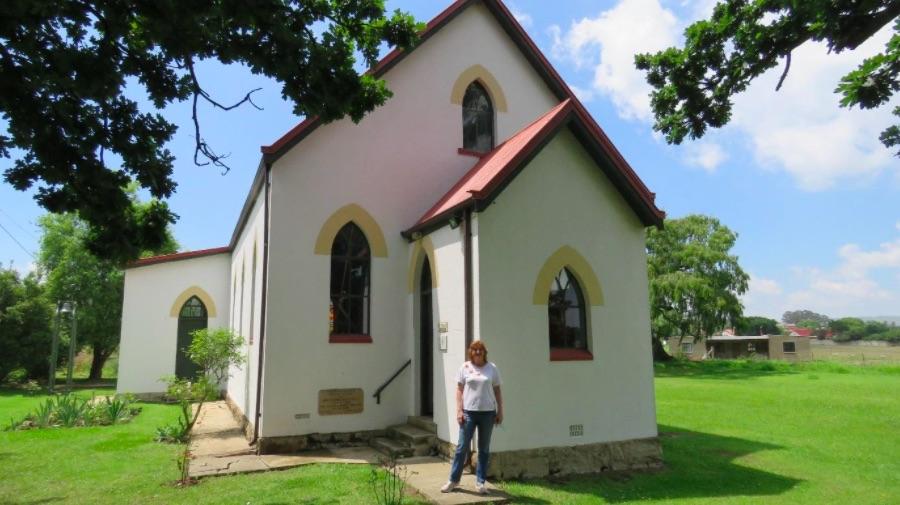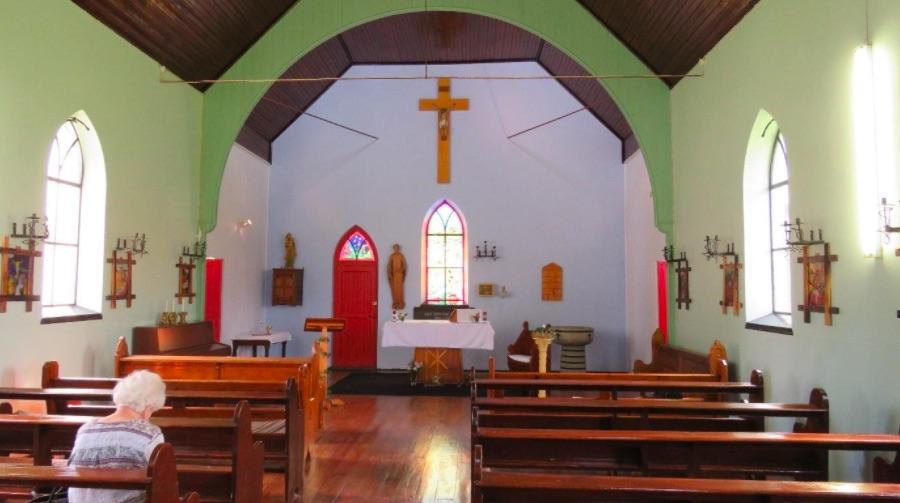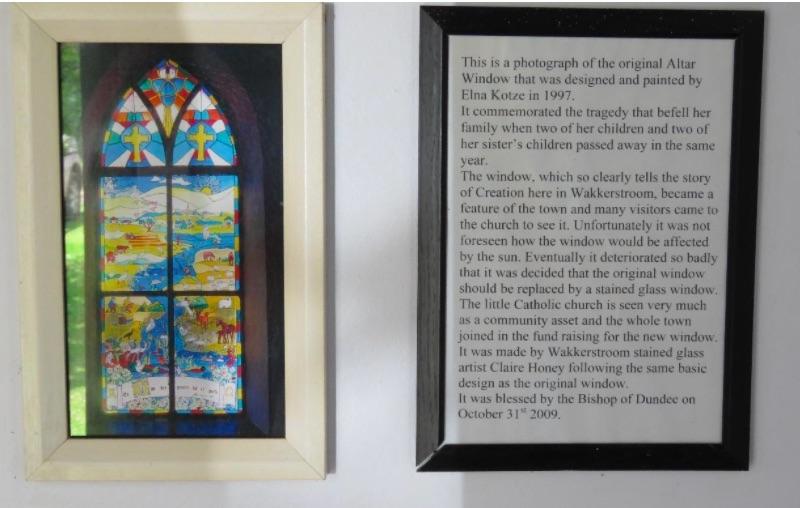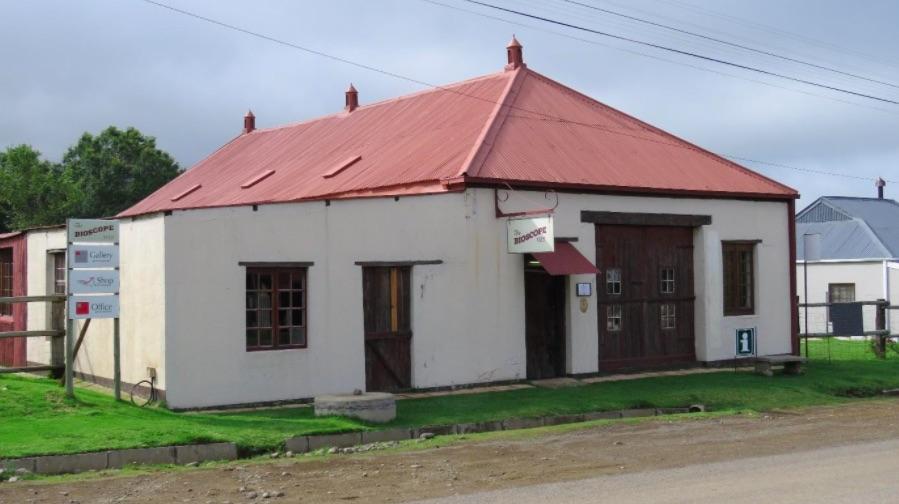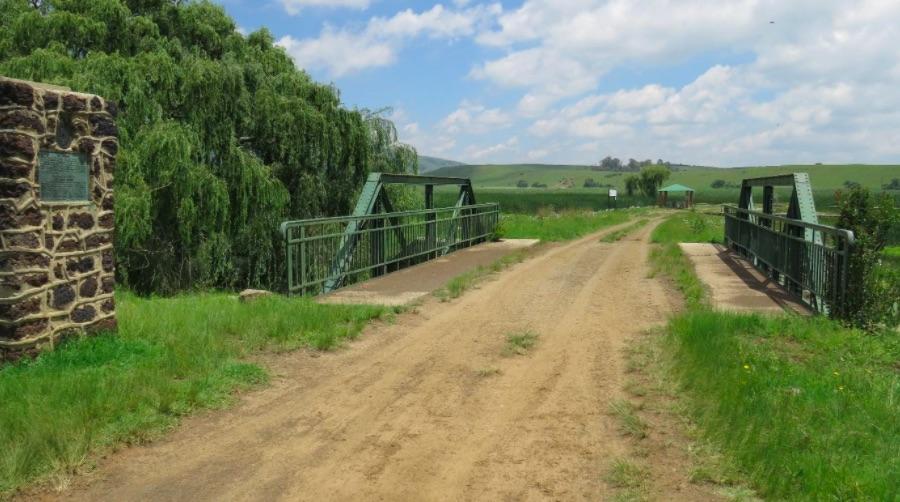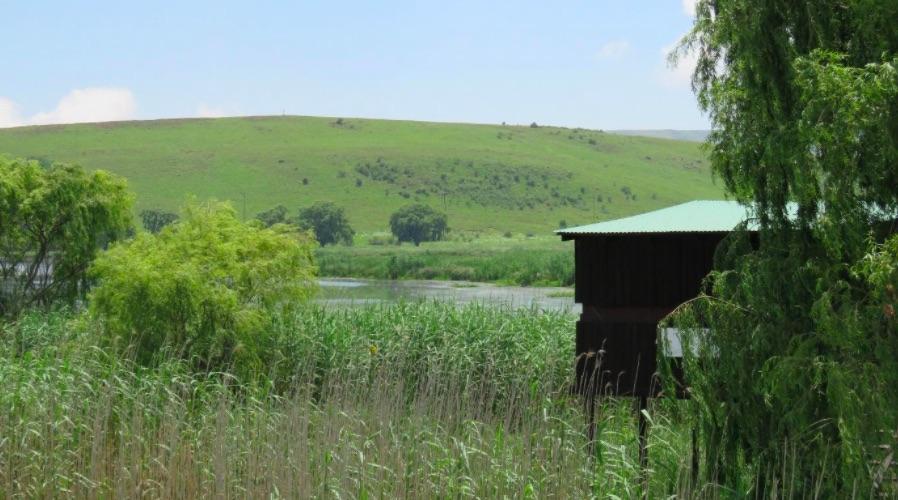
Disclaimer: Any views expressed by individuals and organisations are their own and do not in any way represent the views of The Heritage Portal. If you find any mistakes or historical inaccuracies, please contact the editor.
Our recent year-end holiday trip to the South Coast of KZN provided a perfect excuse to overnight at the popular bird watching village of Wakkerstroom. If you are not a birder or a ‘twitcher’ as some call it, you may be excused for not being quite sure of the whereabouts of this quaint village, some 26 kilometres east of Volksrust. Wakkerstroom boasts an impressive variety of birdlife consisting of wetland, grassland, and forest species and around its extensive wetlands there are four strategically placed and well-maintained bird hides. It is said the village can provide accommodation to nearly 300 tourists, many of whom arrive for the birding, hiking, mountain biking and off roading opportunities here. Although we overnighted in the Wakkerstroom Hotel, I think we would have preferred, if we stayed for any longer period, one of the nicer self-catering cottages or houses available in the village.
Nowadays, most Gauteng visitors to the popular beach resorts of KZN race along the N3 to Durban, forgetting the journey forms an integral part of any holiday. Years ago, long before the N3 became a beautifully graded and levelled toll road, the alternative R23 via Standerton was promoted as a slightly longer but more scenic alternative route and so it proved on our journey.
I had previously visited Wakkerstroom in 2016 with the Mpumalanga Heritage Society when erstwhile Town Clerk and later Mayor, the then sprightly octogenarian but now sadly the late, Chris Smit pointed out various sites associated with South African War of 1899 - 1902. It was time again to revisit this quaint village and introduce Lorraine to its many attractions.
Perhaps foolishly, we travelled on the day prior to Christmas, but fortunately found the R23 rather deserted, except when passing through Standerton. Our only stop en route was at the attractive Dutch Reformed Church in Greylingstad, the design of which was won in competition by architects Cowin & Powers, adjudicated by Herbert Baker. Cowin & Powers also drew up the plans for the fine Carnegie Libraries in Potchefstroom and Moorreesburg.
Greylingstad Dutch Reformed Church en route to Wakkerstroom. Corner stone laid by General C. F. Beyers in 1913 who drowned in the Vaal River during the abortive Afrikaner Rebellion the following year. (SJ de Klerk)
The naming of the village of Wakkerstroom recalls its rather interesting and unusual history. Voortrekkers settling in this area in the early 1850's soon realised the need for a village on the main road between Utrecht and Ermelo. The Volksraad therefore requested Dirk Cornelius (Swart Dirk) Uys of the farm ‘Gryshoek’ to determine a suitable place for the establishment of a town and his choice fell on a picturesque well-watered valley framed by the Drakensberg. It was decided to name this new village Marthinus Wessel Stroom in honour of the first President of the ZAR. Since no surveyor was available, Uys was instructed to lay out between 200 and 300 stands, each measuring 150 by 50 strides, which he did by means of a long leather ‘riem’ (thong).
The name of the town was in time shortened to Wesselstroom and eventually replaced by that of the district, Wakkerstroom. The layout of Wakkerstroom typically mirrors some of the smaller and older villages still found in the Free State and Karoo, such as Winburg and Hanover; a large central church square with imposing Dutch Reformed church, surrounded by small shops and cottages, some probably previously serving as ‘nagmaal huisies’ for farmers in the district.
Entering Wakkerstroom on the road from Volksrust, we stopped at the beautifully maintained little cemetery, where the comforting sounds of mooing cattle welcomed us to the serene Mpumalanga ‘platteland’.
The Garden of Remembrance for Imperial soldiers of the South African War of 1899 to 1902 was dominated by a large obelisk erected by the War Graves Board in 1962. Here we perused the names and regiments of some of the 115 Imperial soldiers who had lost their lives at Sturman Ranges, Uitgevalen, Castrols Nek, Piet Retief and Rustplaas who now lie buried here with those originally interred at Wakkerstroom.
Memorial by the War Graves Board commemorating 115 Imperial soldiers who lost their lives, of whom 33 were Killed in Action. (SJ de Klerk)
Beyond this precinct we found the older one surrounded by a stone wall and an entrance gate proclaiming it to be ‘Rosemary’s Garden’ and what a lovely and interesting garden it proved to be, with the graves intermingled with mature trees, shrubs and bright pink and yellow summer flowers.
Here we found the graves of 18 British soldiers from the 58th and 80th Regiments of Foot and the King’s Own Dragoon Guards who had died in Wakkerstroom between the years 1879 to 1881. This must have been a very tumultuous time for the British garrison in Wakkerstroom. Barely had the Anglo Zulu War ended in 1879 when the Transvaal Rebellion (also referred to as the First Boer War or Transvaal War) broke out in December 1880, as the Transvaal Boers rebelled against British rule.
Wakkerstroom was one of seven towns in the old Transvaal where British garrisons were besieged during the Transvaal Rebellion of 1880 to 1881, the successful conclusion of which enabled the Transvaal to gain its independence from the British Crown, although still under much resented British suzerainty.
On the gravesite of the 18 soldiers who perished here during 1879 – 1881, a plaque commemorated the Victoria Cross awarded to Private James Osborne (1857 – 1928) of the 58th Regiment of Foot, who under heavy fire galloped towards a party of Boers on 22 February 1881, to carry Private Mayes to safety, disabled by his wounds.
Gravesite of 18 British Soldiers who lost their lives in Wakkerstroom between 1879 and 1881. (SJ de Klerk)
According to The Transvaal War 1880 – 1881 by Lady Bellairs, the Wakkerstroom Garrison consisting of a detachment of the 58th Regiment of Foot suffered two casualties during the siege, namely Privates William Bennett and Owen Byrne. I was therefore somewhat surprised to see Private Byrne’s name did not appear on the memorial erected by the SA War Graves Board in 1962 to commemorate the above 18 soldiers.
Having been sustained on our travels only by a flask of tea, some egg mayonnaise sandwiches and a few chocolates, we agreed Christmas Eve warranted a far more stylish dinner, which we enjoyed at the nearby and excellent Thyme Out Restaurant, while chatting to owner Sean, hostess Jill and its creative chef Dion.
At the restaurant, a reference to the Wakkerstroom Music festival or WMF, as it was referred to, pricked up our ears. Apparently, it focused on making rural communities more aware of the magic of the performing and visual arts and to raise money for a bursary competition that took place every two years. Highlights ranged from jazz and piano concerts to harpsichord, cello and flute concertos performed in the various halls and churches scattered throughout the village.
On Christmas Day, before departing for the KZN South Coast, we meandered along the appropriately named Church Street towards the old Anglican chapel, passing the Bank Gallery, a typical example of the attractive old-style bank buildings that used to adorn the smaller rural towns.
The once common small town bank building. (SJ de Klerk)
Further along this street we passed a complex of three fine buildings that used to house business premises and accommodation for Harvey, Greenacres, the once well-known Durban departmental store.
In 1860 Thomas Morgan Harvey and Benjamin Greenacre each opened a small shop, respectively specialising in drapery and gentlemen’s outfitters. Going into partnership in 1869, their business expanded to such extent that they commissioned W. E. Robarts in 1898 to redesign their West Street premises, which he did in the Free Renaissance Style so popular during Victorian times.
Attractive Edwardian retail store of Harvey, Greenacre, flanked by adjoining dwellings. (SJ de Klerk)
Apparently, the Wakkerstroom retail store happened to be the first one opened by Harvey, Greenacre, outside of Natal. This complex comprising three buildings presenting their attractive facades to Church Street, are now privately owned, and very well maintained.
Arriving at the old Anglican Chapel just as the Christmas Service was about to commence, the Lay Deacon introduced us to the chapel’s caretaker, a most affectionate and loudly purring feline. Originally an Anglican Chapel dating from 1890 and known as St Mark’s, it now served as a privately owned non-denominational chapel.
Wakkerstroom’s non-denominational chapel with stained-glass window over the altar. (SJ de Klerk)
The chapel is built of laterite, a stone rich in iron and aluminium, the reason for the building’s reddish-brown walls. Having stood vacant and idle for many years, St Marks was almost lost due to gradual decay, but for the caring eye cast over it by a retired Professor of Divinity who lived in the next-door rectory.
Behind the altar, a beautiful stained-glass window gleamed in the morning sunlight, reputedly the largest stained-glass window of any Anglican church in the old Transvaal, installed during 1959, the centenary year of this village.
Stained glass window in the Anglican Chapel installed circa 1959. (SJ de Klerk)
Retracing our steps to the central church square we discovered the grounds of the Dutch Reformed Church packed with vehicles of numerous church goers attending the morning Christmas Service.
The Dutch Reformed Church to the rear of the Memorial to 73 Boer Burghers from the district who lost their lives during the South African War of 1899 – 1902. (SJ de Klerk)
Appropriately accompanied by ecclesiastic organ music we paused to admire this handsome church.
The memorial to the fallen Burghers of the South African War in front of this church was unveiled by Finance Minister Klasie Havenga (1882 – 1957) in 1953. Havenga from Fauresmith in the Free State joined the Boer forces as a 17-year-old upon the outbreak of the South African War and in August 1900 became the military secretary to General Hertzog, the beginning of a lifelong friendship.
ZAR Commandant General Piet Joubert laid the corner stone of this church on 27 October 1888, with A. L. Klute the builder. Klute must have been a builder of some repute in the district as he also erected the old road bridge near the Wakkerstroom wetlands.
Diagonally opposite church square in Engelbrecht Street we viewed the historic Magistrate’s Court. This single-storey sandstone building dates from 1898 and was constructed by G. A. Ramplen for the Department of ‘Publieke Werken’ of the ‘Zuid Afrikaansche Republiek’.
Front view of the Magistrate Court (SJ de Klerk)
Close up view of the main entrance of the Magistrate’s Court with its fine stonework and slender Corinthian pillars. (SJ de Klerk)
Further along Engelbrecht Street we passed an attractive corner building that used to function as attorney’s offices, but now serves as a charity boutique.
Previously attorney’s offices, now a Charity Boutique (SJ de Klerk)
Turning right into Hoog Street, we walked to the next block where the St Joseph’s Catholic Church beckoned.
Again, arriving just as the Christmas Service was about to be conducted by Bishop Thomas Rose from the Diocese of Dundee, he graciously allowed us the opportunity to take some photos and peek around this little church. Upon exchanging some pleasantries with the Bishop, he told us he always tried to deliver the annual Christmas service at this little church, a ceremony the small community clearly much appreciated.
St Joseph’s has an interesting history confirmed by the various denomination plaques cemented to its walls. Erected as a Union Church in 1904, the cornerstone was laid by Swart Dirk Uys, Voortrekker and founder of Wakkerstroom. Later it became the Apostolic Church and then bought by the Hervormde Church in 1942. In 1997 the property was sold to the Catholic Diocese of Dundee.
Lorraine, reluctantly posing in front of St Joseph’s Catholic Church. (SJ de Klerk)
Plain yet dignified Interior of St Joseph’s Church. (SJ de Klerk)
A photograph of the previously painted Altar Window in this little church and the accompanying tablet told the sad narrative of a family losing four children in two separate car accidents in the space of only a few days. Unfortunately, the harsh rays of the sun soon bleached the painted window to such extent that it had to be replaced by a stained-glass window in similar style, completed by local Wakkerstroom artist Claire Honey.
Photo of painted Altar Window and explanatory tablet. (SJ de Klerk)
On our way back to the Wakkerstroom Hotel we passed the neat little library and the old bioscope where apparently films were shown in times long past.
Recently restored Old Bioscope building. (SJ de Klerk)
Our journey to the KZN South Coast beckoned but there was just sufficient time remaining to drive to the old road bridge and one of the nearby bird hides at the wetlands.
The old road bridge with information plaque. (SJ de Klerk)
Proclaimed a National Monument in 1984, the inscription on the plaque reads broadly as follows:
Old Road Bridge. The erection of this bridge was commissioned by the Government of the Zuid Afrikaansche Republiek because of a petition by the Wakkerstroom district. It was designed by the ZAR Dept of Public Works under the direction of Sytze Wierda and completed by A. Klute in 1895. On 24 May 1904 the first Black Zionists in South Africa were baptized here in the Marthinus Wessel Stroom by Reverend Daniel Bryant from the USA.
The history of the baptizing of the Black members of the Zionist Church, also referred to as the African Ethiopian Church seemed an interesting part of South African history and something, I thought I should read up on when I returned to Johannesburg, but that may be a story for another time.
Paraphrasing actor Arnold Schwarzenegger, we could only agree, ‘We’ll be back!’
Main image: Bird hides at the Wakkerstroom wetland (SJ de Klerk)
About the author: SJ De Klerk held many senior positions in HR during a distinguished career in the private sector. Since retiring he has dedicated time and resources to researching, exploring and writing about South African history.
Sources
- Beyers C. J. &Kruger D. W. Suid-Afrikaanse Biografiese Woordeboek. Deel III. Tafelberg, Kaapstad. 1977.
- Beyers C. J. (Editor). Suid-Afrikaanse Biografiese Woordeboek. Deel V. Butterworth, 1981. Durban.
- Grobler J. Anglo Boer War. Historical Guide to Memorials and Sites in South Africa. 30⁰ South Publishers, Pinetown. 2018.
- Nienaber P. J. Suid-Afrikaanse Pleknaam Woordeboek. Tafelberg Uitgewers, Kaapstad. 1971.
- Richardson D. Historic Sites of South Africa. Struik Publishers, Cape Town. 2001.
- Van Riet Lowe C. The Monuments of South Africa. Government Printer, Pretoria. 1941.
- Van der Westhuizen G. & E. Guide to the Anglo Boer War in the Eastern Transvaal. Transo Press, Roodepoort. 2000.
- Wakkerstroom Free Map & Brochure (Non dated).
Comments will load below. If for any reason none appear click here for some troubleshooting tips. If you would like to post a comment and need instructions click here.

